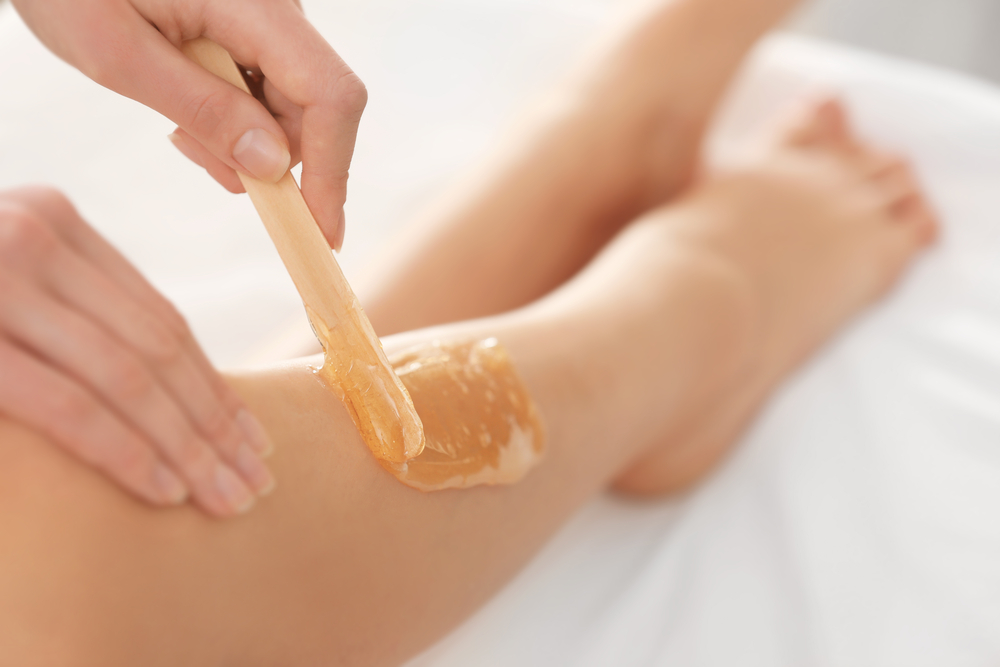Brazilian Bikini Waxing: Trends 2025
Brazilian bikini waxing has evolved from a niche beauty service to a global personal care ritual embraced across cultures and continents. As we look toward 2025, this intimate grooming practice continues to transform through technological innovations, shifting cultural attitudes, and growing demands for sustainability. The landscape of hair removal is changing rapidly, yet Brazilian waxing maintains its relevance despite newer alternatives. This article examines how this established beauty ritual is adapting to contemporary values while retaining its essential appeal.

How Brazilian Bikini Waxing Remains a Global Beauty Ritual
The Brazilian wax—characterized by the removal of nearly all pubic hair—has demonstrated remarkable staying power in the beauty industry. Originally popularized in the United States during the 1990s after being introduced by the J Sisters salon in New York City, this technique has since transcended geographical boundaries. Cultural adaptation has been key to its global persistence, with variations emerging to accommodate different regional preferences and modesty standards.
The ritual aspect of Brazilian waxing contributes significantly to its enduring appeal. Many clients report that regular waxing appointments have become an essential component of their self-care routines, creating a cyclical relationship with the service that transcends mere aesthetics. Statistics indicate that despite economic fluctuations, the global waxing services market continues to expand at approximately 9% annually, suggesting that Brazilian waxing has transitioned from trend to established practice in personal grooming.
Innovations in Waxing Techniques for Comfort and Precision
Technological advancements are revolutionizing Brazilian waxing procedures, addressing the primary concerns of discomfort and precision. Hard waxes specifically formulated for sensitive skin areas now dominate the market, with newer polymer-infused formulations that grip hair rather than skin, significantly reducing pain. Temperature-controlled wax systems that maintain optimal application consistency are becoming standard equipment in upscale salons.
Pre-treatment protocols have also evolved, with numbing products containing lidocaine derivatives designed specifically for intimate waxing becoming more sophisticated and effective. Appointment scheduling applications now incorporate menstrual cycle tracking to help clients avoid booking during periods of heightened sensitivity. Post-treatment care has likewise been transformed through specialized serums containing ingredients like tranexamic acid and niacinamide that reduce inflammation and prevent ingrown hairs—complaints that traditionally deterred repeat customers.
Why Women Choose Waxing Despite New Hair Removal Methods
The persistence of Brazilian waxing in an era of laser hair removal, electrolysis, and at-home IPL devices speaks to its unique benefits. Unlike laser treatments, waxing remains accessible to all skin tones and hair colors—a significant advantage over laser methods that typically work best on dark hair against light skin. The immediate results of waxing continue to appeal to clients seeking last-minute solutions for vacations or special occasions.
Financial considerations also influence the continued popularity of waxing. While laser treatments require significant upfront investment promising eventual permanence, many clients prefer waxing’s lower per-session cost despite the need for maintenance. Research indicates that approximately 68% of regular waxing clients have experimented with alternative methods but returned to waxing due to dissatisfaction with results or unexpected side effects from other treatments.
The Cultural Meaning of Waxing in Fashion and Confidence
Brazilian waxing has transcended pure aesthetics to become intertwined with broader cultural concepts of femininity, confidence, and empowerment. As swimwear and athleisure fashion continues trending toward minimal coverage, demand for comprehensive hair removal solutions remains strong. However, the narrative surrounding Brazilian waxing has shifted from one of conformity to personal choice and bodily autonomy.
The relationship between intimate grooming and confidence appears increasingly complex as we approach 2025. Salon professionals report that clients increasingly articulate their waxing preferences as expressions of personal style rather than responses to external expectations. This evolution mirrors broader societal movements embracing body positivity while still acknowledging individual grooming preferences. Research indicates that approximately 72% of regular waxing clients cite personal comfort and confidence as primary motivations rather than partner preferences or societal standards.
Sustainability in Waxing Products and Aftercare Solutions
Environmental consciousness has reached the waxing industry, prompting significant changes in product formulation and service delivery. Biodegradable wax formulations derived from plant sources like sugar, honey, and pine resin are rapidly replacing petroleum-based products. Reusable or compostable application materials are becoming industry standards as salons respond to client demands for reduced environmental impact.
Packaging innovations have followed suit, with refillable containers and plastic-free alternatives gaining traction. Aftercare product lines increasingly feature organic ingredients and sustainable packaging, with some pioneering brands creating closed-loop systems where containers can be returned for sanitization and refilling. Water conservation technologies in salon laundry systems further reduce the environmental footprint of waxing services, demonstrating the industry’s commitment to sustainability without compromising hygiene standards.
Professional Services and Cost Considerations
The Brazilian waxing landscape features various service providers ranging from budget-friendly options to luxury experiences. Price differences typically reflect technician expertise, facility amenities, product quality, and geographical location. Understanding these variables helps clients make informed decisions aligned with their priorities and budget.
| Service Provider Type | Average Cost Range | Experience Level | Typical Amenities |
|---|---|---|---|
| Budget Chain Salons | $40-65 | Variable (often newer technicians) | Basic services, high turnover |
| Mid-Range Day Spas | $65-85 | Moderate to high experience | Private rooms, quality products |
| Luxury Spas | $85-120+ | Master estheticians | Premium experience, high-end products |
| Mobile Services | $75-100 | Usually experienced independents | Convenience, privacy in home setting |
| Medical Spas | $70-110 | Licensed medical estheticians | Clinical setting, medical-grade products |
Prices, rates, or cost estimates mentioned in this article are based on the latest available information but may change over time. Independent research is advised before making financial decisions.
As Brazilian waxing continues evolving, the industry demonstrates remarkable adaptability while maintaining the core appeal that has sustained its popularity for decades. The trends projected for 2025 suggest a service that balances tradition with innovation, personal choice with cultural context, and indulgence with sustainability. This evolution ensures that Brazilian waxing will remain relevant in the ever-changing landscape of personal grooming and self-care rituals.




